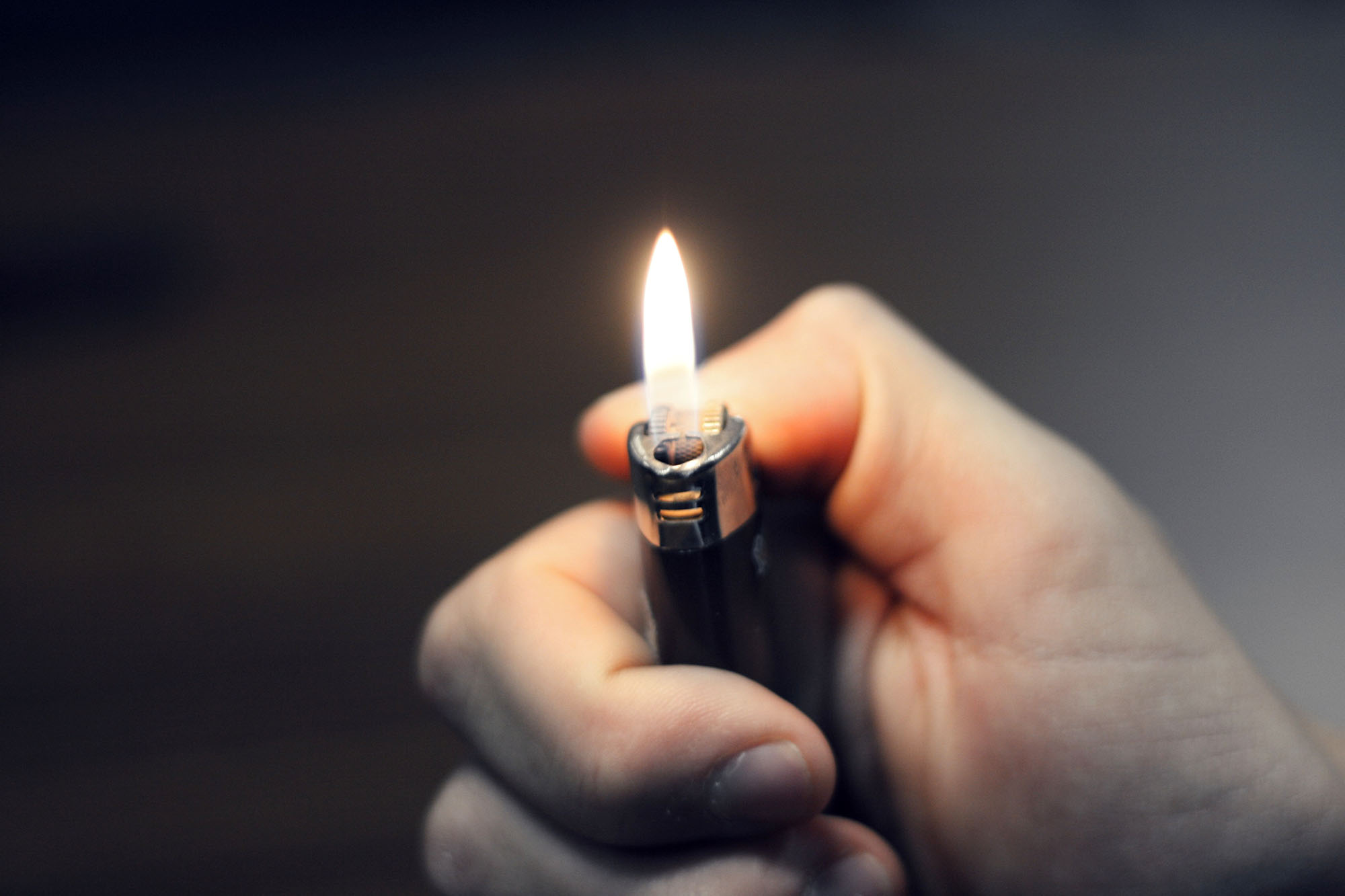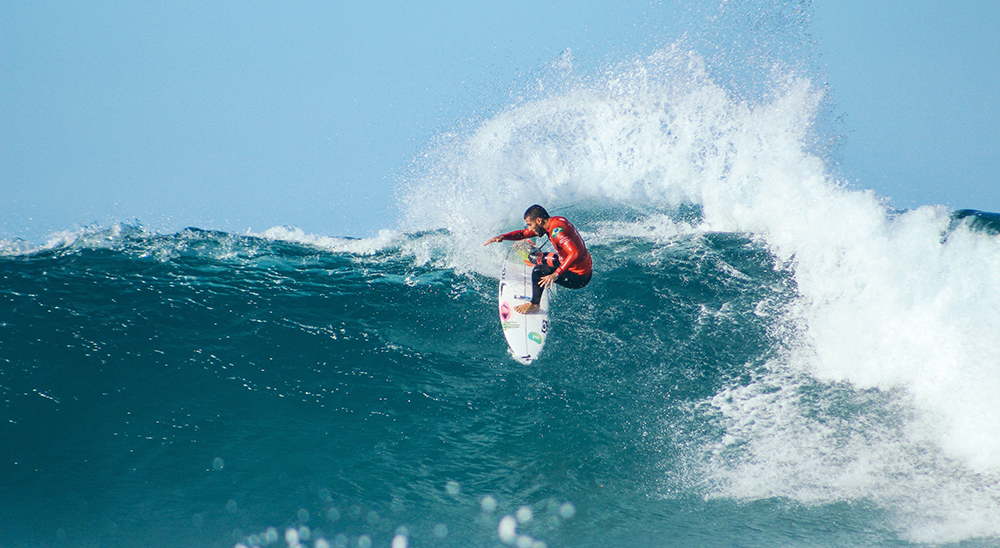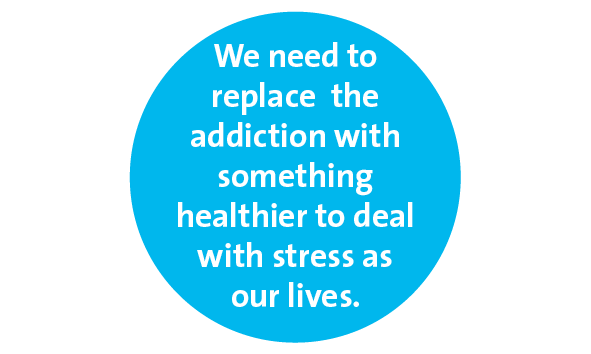
UNSPLASH

LEO BABAUTA
Despite our best intentions, for many of us changing our habits, addictions, and strong urges can be painful and difficult.
The things we want to quit and the urges we want to overcome can spon a surprisingly wide gamut: drugs, alcohol, video game, junk food, online shopping, smoking, nail biting—the list is endless.
None of these activities are necessarily horrible but can easily be taken to excess. Many of us would like to have more control in certain areas but urges stand in our way.
So how can we find success with real, lasting change? I’ve found that it takes a combination of mindfulness and behavior–changing strategies. The following is a multipronged approach to changing unwanted urges and addictions.
A mindfulness technique that has proven effective in dealing with addictions is called “urge surfing,” a widely-used technique developed by psychologist and addictions pioneer Alan Marlatt.
It’s something that helped me quit smoking cigarettes more than a decade ago, and I’ve used it many times since then.
When we are tired, depressed, or lonely we just don’t have the willpower or emotional baseline to deal with stress, urges, and addictions.
Why this works: We interrupt the part of our brain that just acts on urges automatically and shift to a new part of our brain. This pattern interruption is crucial to dealing with urges. We also learn that the urge isn’t a command, but rather an interesting sensation that we can distance ourselves from.
Another strategy that works incredibly well is changing your environment. There are several ways to achieve this:
Why this works: If there aren’t any temptations around, or they’re hard to get to, the urges are much weaker. Seeing cake in front of you, or being around people smoking or drinking makes you much more likely to want those things too. If we can engineer our environment to mitigate temptations, we’ll have fewer urges to deal with and the sense of control can motivate us further.
BY YI-CHEN CHIANG/SHUTTERSTOCK

“Urge surfing” is an effective mindfulness technique for dealing with addictions.
Addictions are often our way of copIng with stress, pain, or other difficulties. If we get into an argument with our spouse, lose a loved one, get yelled at by our boss—whatever it is we need a way to cope with these stresses.
Over the years, we learned to use the addiction as a coping mechanism; when the stress comes up, we get a strong urge to indulge. So when we try to quit an addiction, and stress comes up, we need a new healthier coping mechanism to deal with. We need to start replacing the old habit with the new coping mechanism.
Here are some examples of healthy coping activities:
Pick one, and try to do it whenever you have a stressful experience. Soon you’ll have a healthier way to cope.
Why this works: If you put another coping mechanism in place, you’ll need your addiction less, and the urges will be weaker over time.
When we are tired, depressed, or lonely we just don’t have the willpower or emotional baseline to deal with stress, urges, and addictions. We’ll give in and forget about changing our environment or trying a new coping mechanism—nothing seems to matter.
So, here’s a few ways to raise your baseline:
Why this work: Increasing your emotional baseline means you’re going to be stronger and more resilient when dealing with your urges.

With all of that in mind, here’s, a simple plan you can experiment with. Each week, pick one or two of these to focus on:
Again, don’t worry about doing this all at once. Pick a few each week and work on them, then try others the next week, and so on. Revisit ones that need more practice or fine-tuning. Look at this as a learning exercise, where you’re not going to quit a habit overnight, but get better and better at dealing with the urges and addiction over time.
You can rest assured—success is possible. Especially once you realize how much damage these habits and addictions can cause you in life, you’ll put in the effort to stop hurting yourself this way. And that is a truly loving thing.
Leo Babauta is the author of six books and the writer of “Zen habits,” a blog with over 2 million subscribers. Visit ZenHabits.net